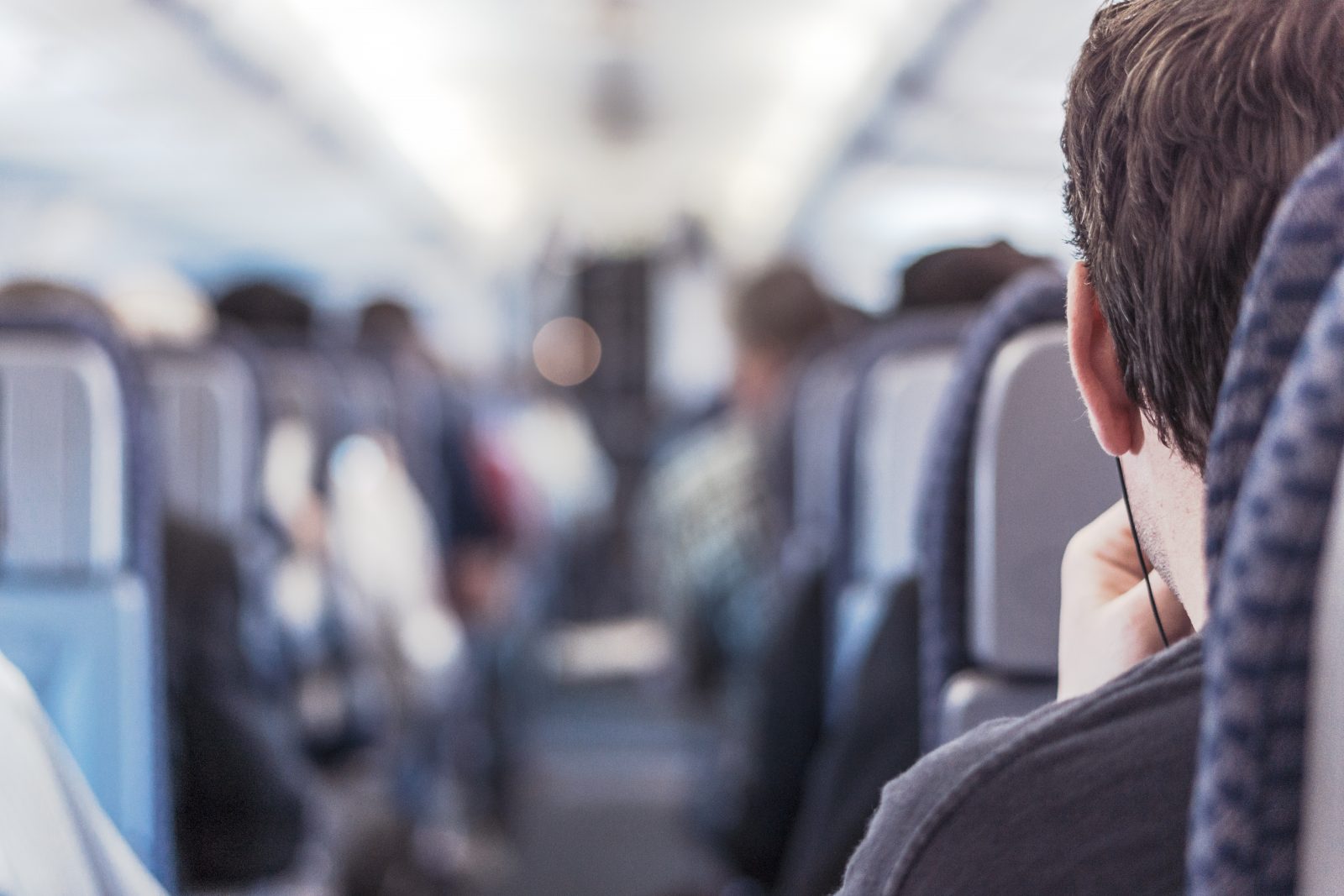
On 27th December 1991, a McDonnell Douglas MD-81 aircraft operated by Scandinavian Airlines crash-landed shortly after taking off from Stockholm, Sweden. In freezing cold temperatures, ice had formed on the wings of flight 751 – Somehow, neither the pilots or ground staff noticed.
After takeoff, the ice sucked into engines causing both to eventually fail. The Captain quickly realised he would be forced to perform an emergency landing and put the plane down in a field close to a large forest. In the resulting crash, the plane hit several trees and broke into three parts.
Somehow, all 129 passengers and crew survived the crash, although 25 people were injured in what could easily have been a far more serious incident. For aviation sceptics out there, accident investigators credited the ‘brace position’ for saving the lives of many passengers on board.
No doubt, flight 751 was a traumatic incident – the kind of freak accident that can play on the minds of nervous flyers. For those passengers who were unlucky enough to have been involved, you could forgive them for never wanting to step on an aircraft ever again.
Yet, Ingrid Lei-Schultz, a survivor of flight 751 has managed to fly once again, despite suffering unsettling flashbacks, with the help of a clever smartphone app called SkyGuru. The app provides explanations of everything that is happening on your flight, using mobile device sensors and real-time weather data to provide continuous updates about what your journey.

Developed by Alex Gervash, an FAA- and EASA-certified pilot who also happens to be a psychologist, the app has already been downloaded 90,000 times in its first year of release on the Apple app store. Now, for the first time, the app is available on Android and it comes with a host of improvements.
SkyGuru describes the app as like having “a pilot sitting next to a passenger” explaining every step of the flight. Updates include weather conditions, likely flight time based on weather data and wind patterns, the physics of air travel and what processes are happening at each stage.
Rather neatly, the app makes use of motion sensors on your phone so it can push certain updates to you without the need for mobile data or even GPS. During the flight, interactive maps show colour coded regions of turbulence and interesting facts about the region you’re flying over are displayed. The app even comes with seat recommendations to avoid sun glare or to catch the best views of the landscape below.
Describing her experiences with the SkyGuru app, Lei-Schultz explained: “I used the app when I flew for the first time in five years and it really helped me. The first flight went OK – there was some turbulence during the landing due to the wind, but SkyGuru explained what was going on and I was able to calm down.”
Up until now, nervous flyers either had to go through the white-knuckle ride of getting on a plane without any explanation of what was happening or pay for an expensive ‘fear of flying’ course. The SkyGuru app is a much cheaper alternative, offering both a basic free version or a subscription package to access all the features.
SkyGuru is available in both the Apple app store and Google Play store. Multilingual support for French, Hebrew, Russian as well as English is provided. The subscription packages cost: 1 flight ($3.99), 3 flights ($9.99), or 10 flights ($16.99).
Mateusz Maszczynski honed his skills as an international flight attendant at the most prominent airline in the Middle East and has been flying ever since... most recently for a well known European airline. Matt is passionate about the aviation industry and has become an expert in passenger experience and human-centric stories. Always keeping an ear close to the ground, Matt's industry insights, analysis and news coverage is frequently relied upon by some of the biggest names in journalism.







